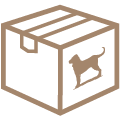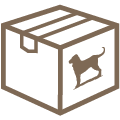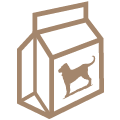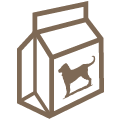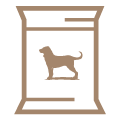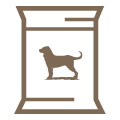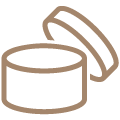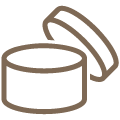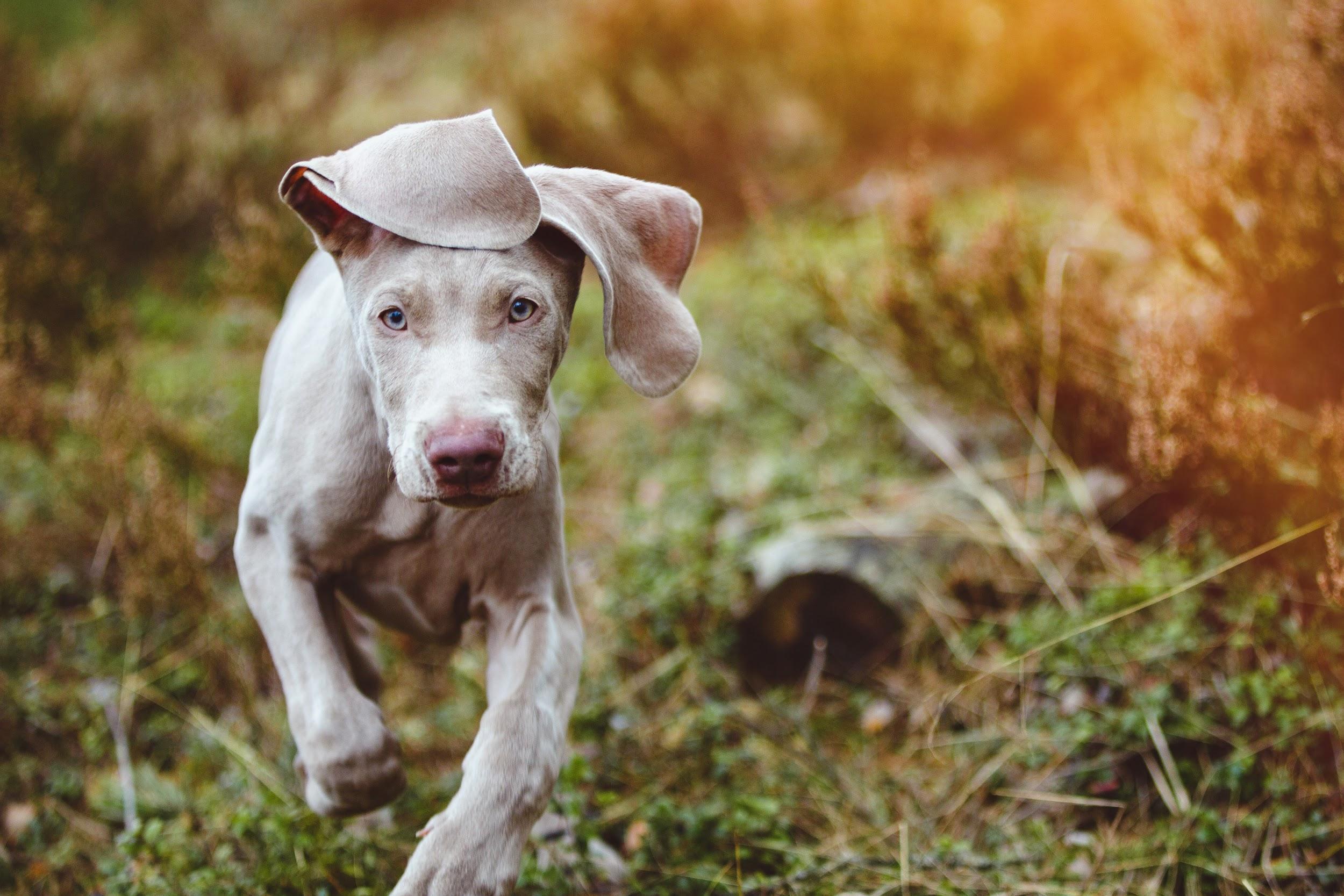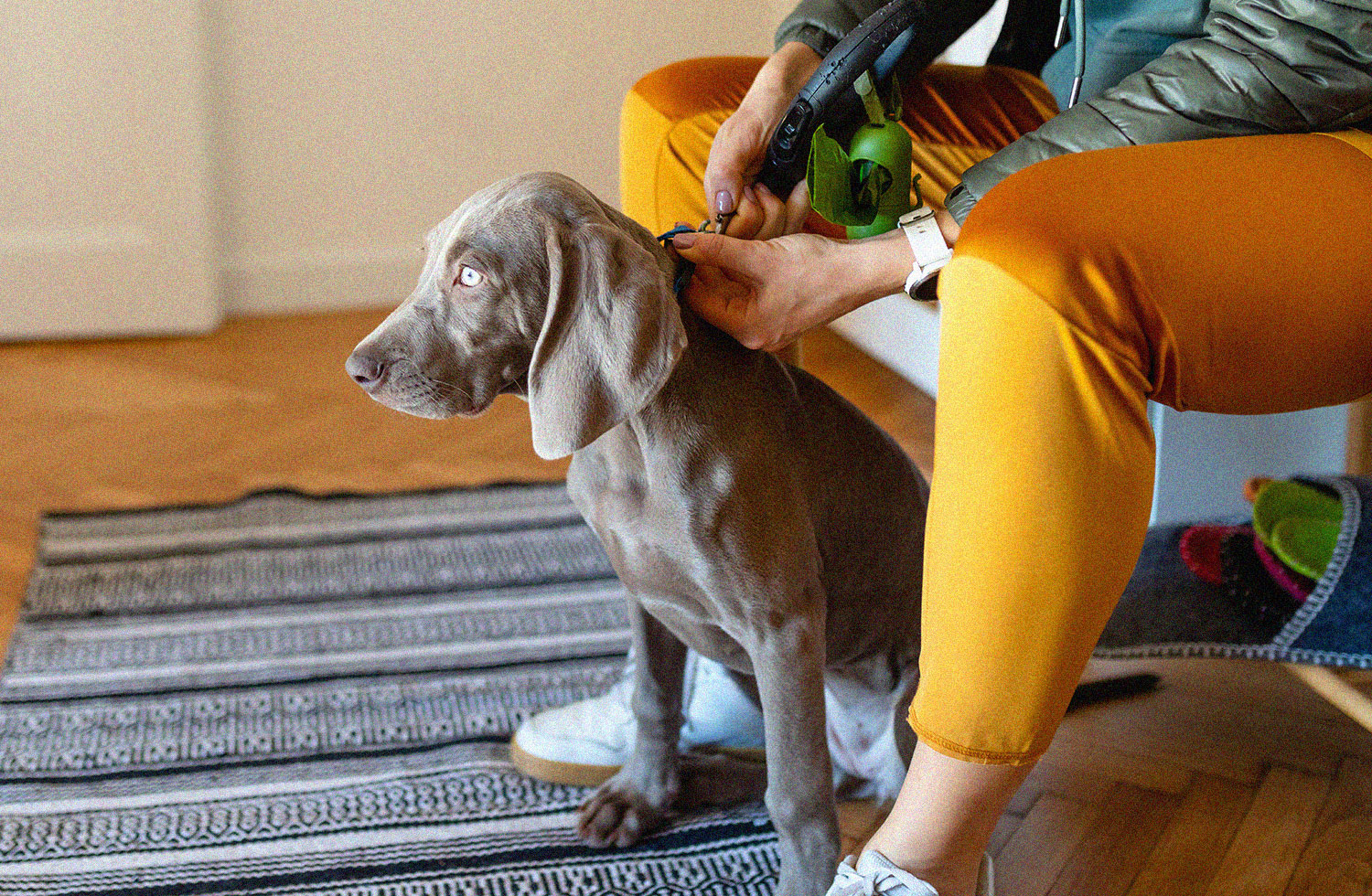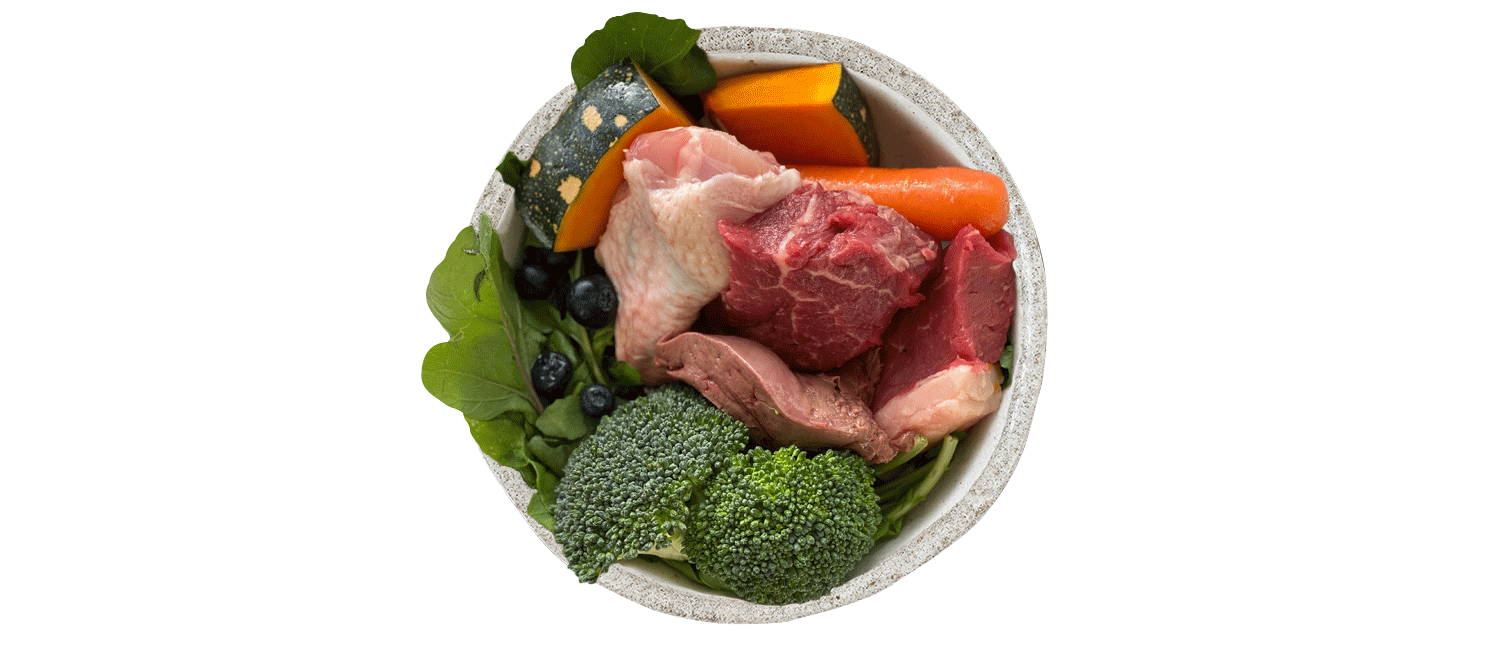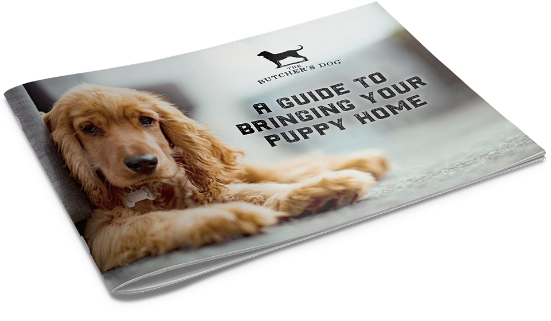The idea of starting out on a raw diet for your pet can be sooooo overwhelming! There is so much info out there, and a lot of people have some very strong opinion about whether you should do it or not, and even about how you should do it if you decide to. My number one and first tip if you are considering making the switch to fresh foods (and I think you should!), is to take a deep breath. Understanding why there are so many opinions is a blog all of its own, but I want to cover a few of the big questions to help you make a decision without getting overwhelmed. The what, why, when and how, if you will. The who is easy! (It’s your dog).
So what is a raw diet?
A raw diet is a species appropriate diet, which closely replicates how a dog would typically eat in the wild. It is what their ancestors would have eaten before domestication, and what their wolfie cousins still eat today. When we say “species appropriate,” we mean it is food that’s well suited to their metabolic needs and their digestive capabilities. Dogs are facultative carnivores, and while they have been known to scavenge for some plant matter and are sometimes classified as omnivores, the bulk of their food should be animal protein. Like us, dogs have certain nutritional needs that we must meet, no matter what food we feed them. With a raw diet, this means we must feed them a variety of different animal proteins, including different organ meats and ideally some bones. It’s a good idea to include a bit of plant matter and some oily fish for health fats, plus some functional foods to ensure all their micronutrient requirements are met.
Why should we feed a raw diet?
In some ways the why is similar to the what, in the sense that it is the food dogs were designed to eat. For me, it’s really more of a why not? But to get more specific, there are some really good reasons that a raw diet is the best option for your dog. One is that dogs are not well equipped to digest a lot of the heavily processed ingredients in pet food, like carbohydrates. They have no nutritional need for carbs, and they don’t get their energy from them in the same way we do; they get it from protein. Their digestive system is short and acidic and not designed to process foods that require fermentation, and even their teeth are not the right shape for grinding plant matter – they’re sharp and pointy for ripping and tearing flesh (have you ever noticed your dog can’t move their jaw sideways??). All of this comes back to my earlier point, which is that at the end of the day, a dog is a carnivore that needs to eat meat for good health. Supporting this is the fact that dogs who eat a diet like this have been shows to live up to 3 years longer ! There is also a documented increase in good gut bacteria in raw fed dogs , which goes a long way to explaining the mountains of pet owner accounts of less itching, less body and breath odour, better weight control, better digestion, less ear and eye infections, better stool formation, less gas, shinier coats, cleaner teeth and less illness in general.
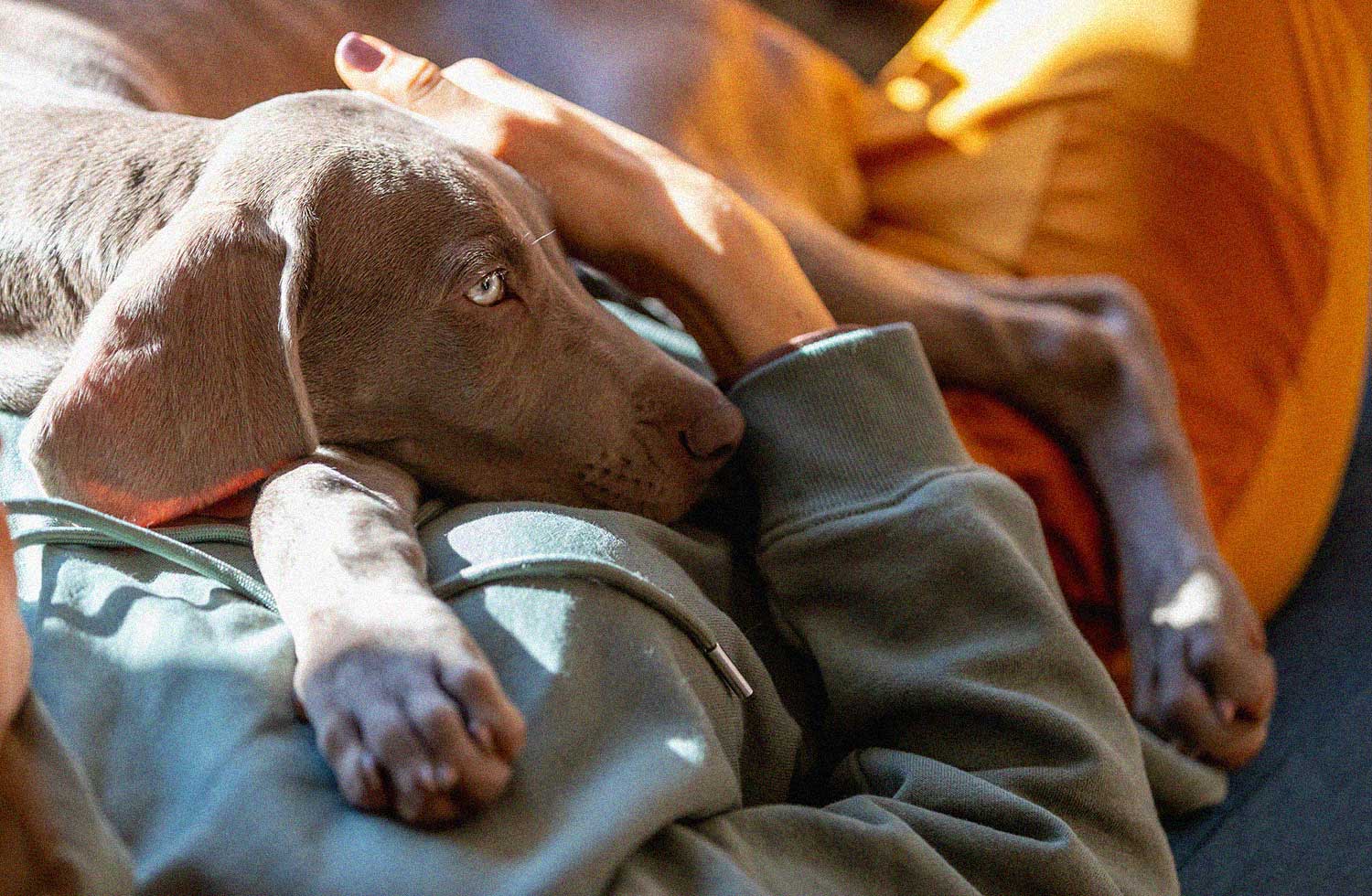
“I’m in! When can I start?”
You can switch your dog to a raw diet from the day you bring them home, no matter if they are 8 weeks or 8 years. There’s no time like the present! If you have a young puppy it’s very important you switch them to a puppy specific diet as their nutritional needs are different, but raising a puppy on raw from a very young age is one of the best things you can do to give them the best paw forward in life. Older dogs can also make the switch, and many pet owners decide to do this when they find their dog’s health is declining rapidly on processed foods. It is truly amazing what a diet change can do, and you may find you feel like you’ve put your ageing dog in a time machine.
TELL ME HOW ALREADY!
Ok, ok! The how is of course the trickiest part, and I am not going to tell you it’s effortless if you decide to go it alone. It’s a lot of responsibility and it is really important that you get the balance of nutrients right and include everything your dog requires nutritionally. There are some really common gaps that I see over and over in homemade diets, like vitamin E and zinc, and which over time can cause issues. The safest way to raw feed your dog is to use a complete product like Butcher’s Dog, or engage the services of a nutritionist to help you formulate a diet you can make yourself. I will be the first to admit that this can be a lot of work, especially in the learning stages, so I recommend starting with a complete product and building on this if you would like to venture further into becoming your dog’s personal chef. In the meantime, you can begin adding whole food toppers and bits of meat to their current food and you’ll soon see how much they love it!
- Lippert, G. and Sapy, B. 2003. Relation Between the Domestic Dogs’ Well-Being and Life Expectancy.
- Bermingham EN, Maclean P, Thomas DG, Cave NJ, Young W. 2017. Key bacterial families (Clostridiaceae, Erysipelotrichaceae and Bacteroidaceae) are related to the digestion of protein and energy in dogs. PeerJ 5:e3019 https://doi.org/10.7717/peerj.3019




